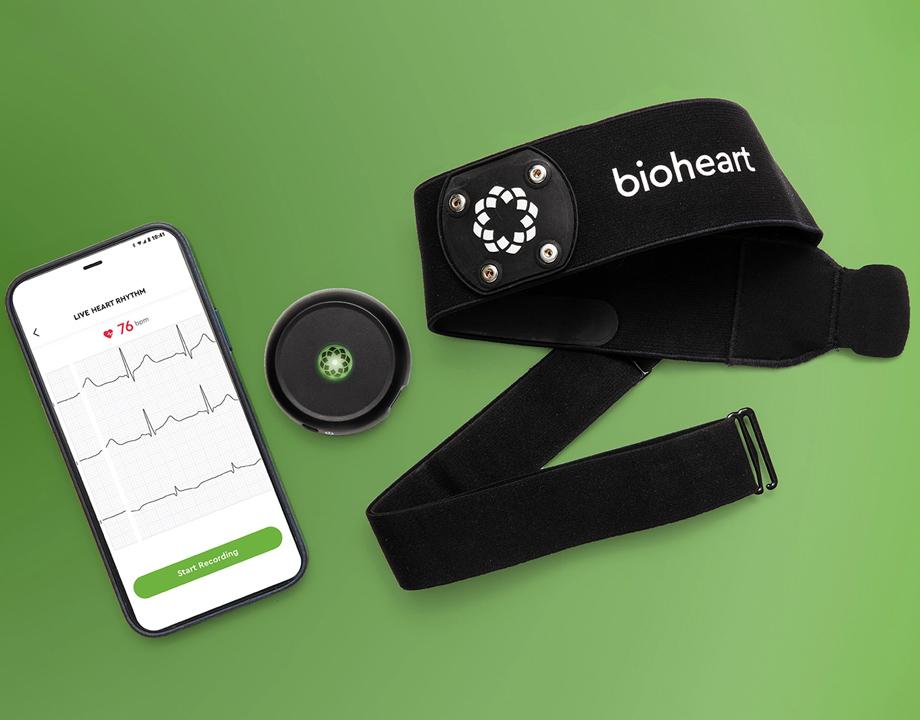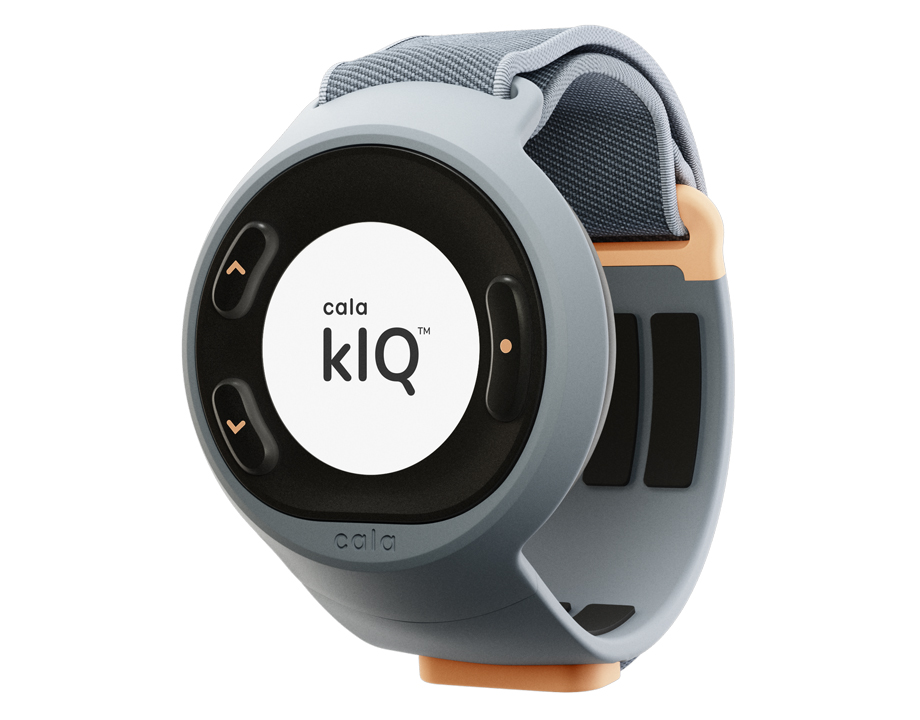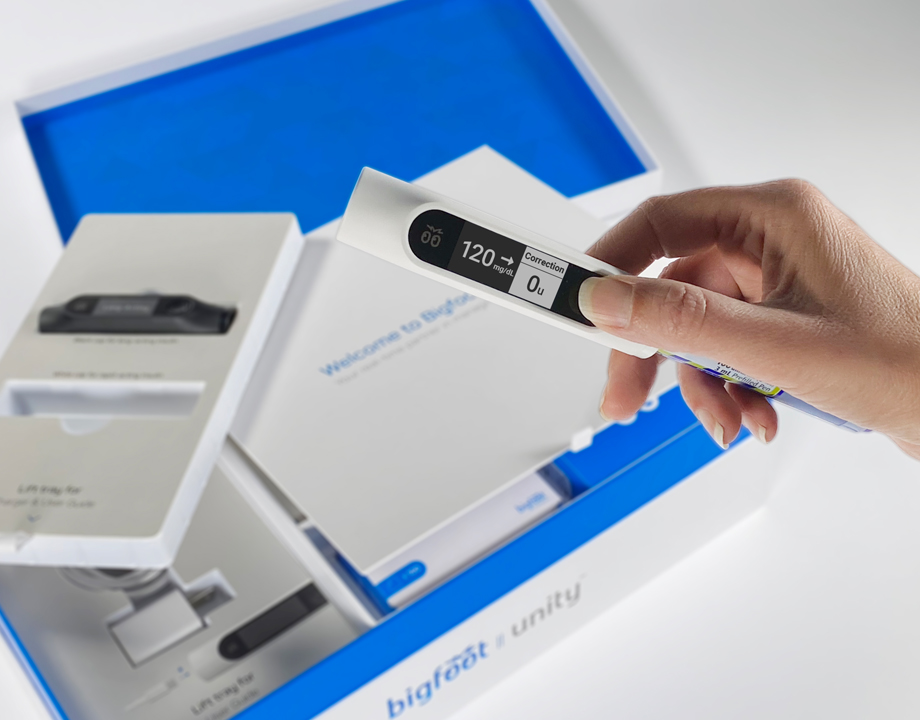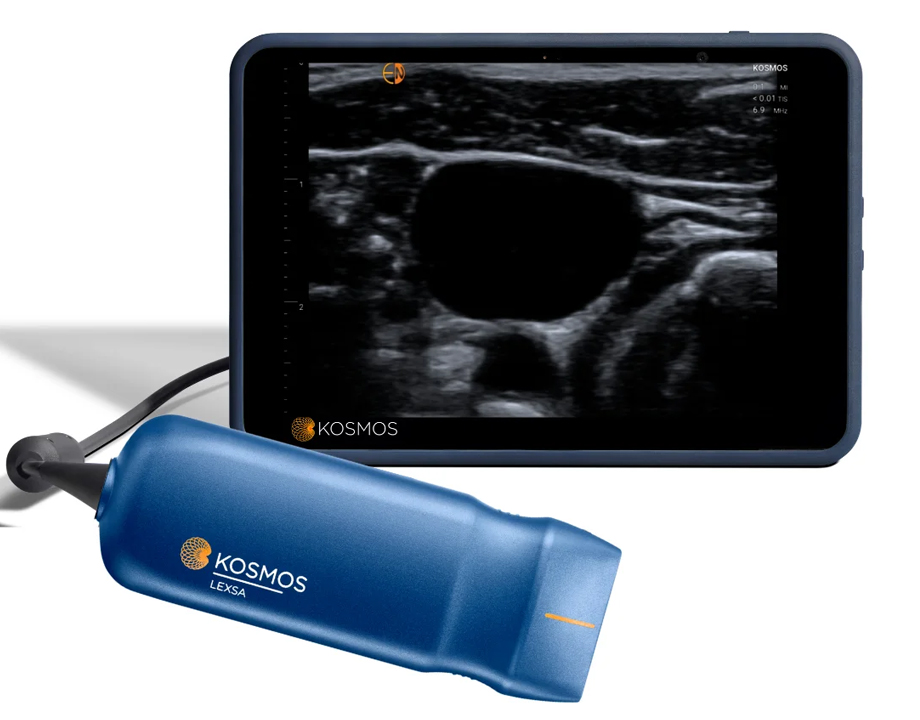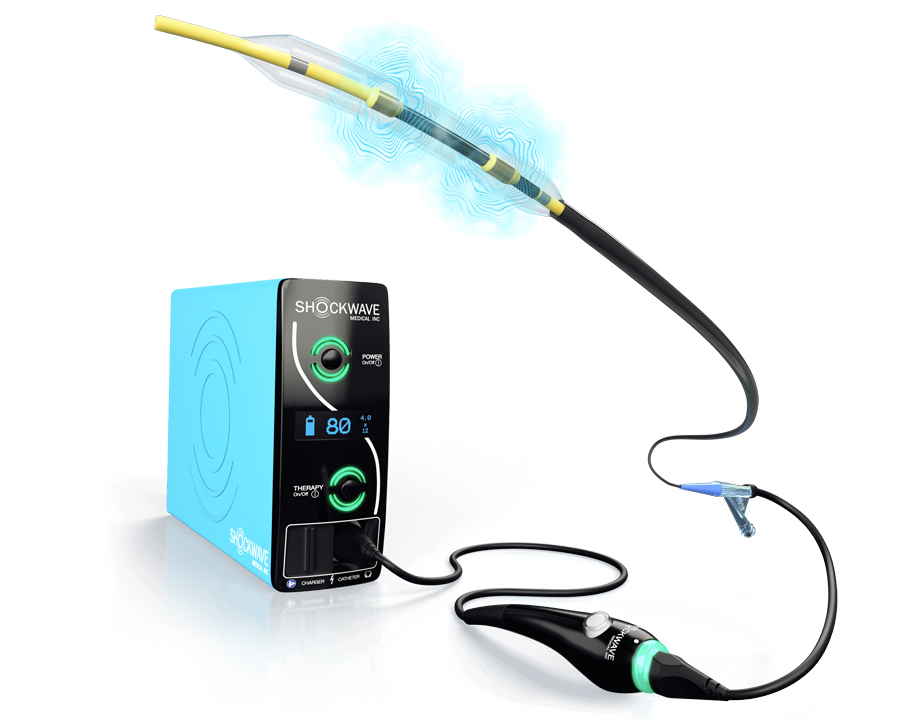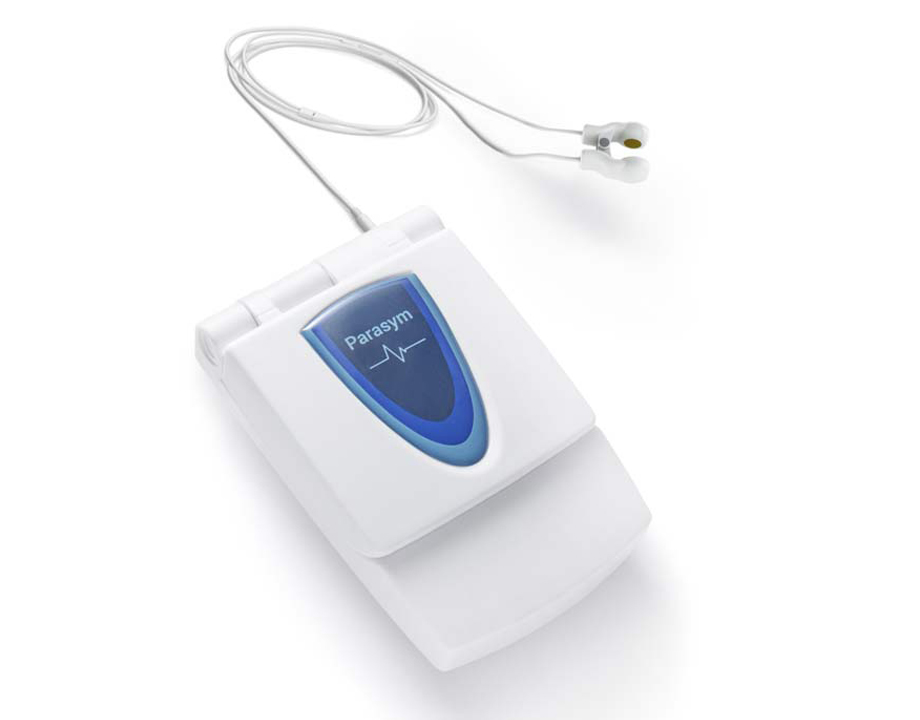6 Biomedical Devices That Could Save Your Life
6 Biomedical Devices That Could Save Your Life
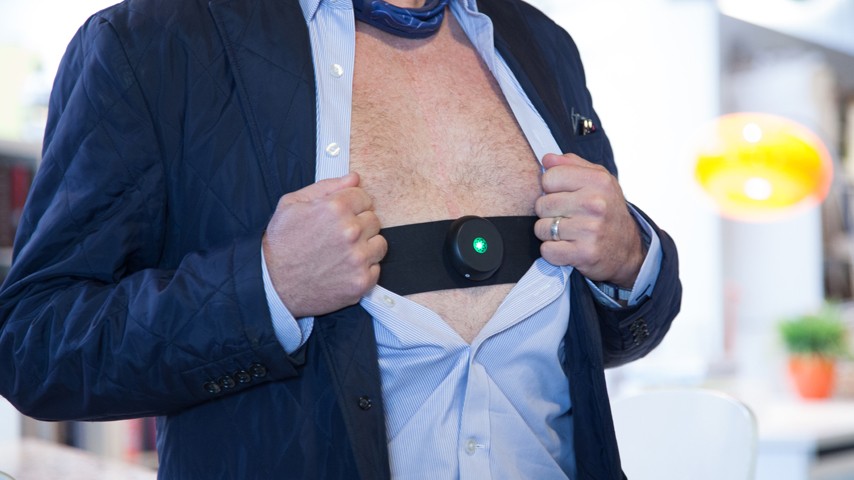

Advances in sensor technology coupled with the ability to more easily transmit and analyze data have increased the sophistication of biomedical devices.
Whether they’re used for remote monitoring, for lifestyle management, or delivering personalized therapies, today’s medical instruments provide a valuable (and sometimes vital) conduit between patient and physician. Some can even improve access to healthcare through a combination of telehealth services and remote monitoring.
As with most other technologies that involve working with sensitive information, security of these devices and data use in advanced data algorithms are coming under scrutiny. But given the right guardrails, biomedical devices can be game-changing in the delivery of patient care.
Here are six notable devices that could improve—or potentially save—your life:
Wearable heart rate monitors are pretty commonplace. The Bioheart goes a little further by measuring variables such as heart rate during rest and activity, heart rate variability, and live heart rhythm to develop a more comprehensive picture of heart health.
Learn More about ASME Membership
Because cardiac irregularities can occur unpredictably and not always when a patient is being monitored, the always-on (when worn all the time) Bioheart from Biotricity captures incidences that other methods of measurement might miss. The device incorporates three different heart views and transmits data to a mobile app that users can view and share with physicians. Long-term data trends enable the ability to track heart health over time.
Essential tremor is a neurological disorder that causes uncontrollable shaking of parts of the body. Around 2.2 percent of the U.S. population lives with essential tremors, according to research from the National Institutes of Health.
The Cala kIQ System from Cala is an FDA-cleared wearable device that can treat action hand tremor from essential tremor and Parkinson’s disease. Worn on the wrist, the device measures a patient’s tremor and uses artificial intelligence and neuromodulation (gentle stimulation of nerves with electricity) to deliver a personalized stimulation pattern. The system is an alternative to more traditional treatment approaches such as medications or even brain surgery.
One of the challenges of managing diabetes is figuring out how much insulin to administer—and when. Smart insulin pens help by figuring out doses and calculating when and how much to use.
The Bigfoot Unity system from Bigfoot Biomedical includes such a smart pen cap and an integrated continuous glucose monitor. Data from the monitor and a physician’s recommendations feed into the system’s recommendations. Such a system eliminates the guesswork out of dosing for patients who need multiple injections of insulin every day. Patients can choose to share data with their healthcare providers, which facilitates remote management of the disease and provides a window into long-term trends.
Traditional ultrasound machines are often so bulky that their size constrains potential use cases. Typically patients have to be transported to a special room that houses them, creating scheduling challenges for care providers and discomfort for patients.
Lexsa is a portable machine that solves this problem and quickly offers complete heart, abdominal, and lung assessments. Its manufacturer, EchoNous, states that Lexsa can produce the same high-quality imaging as larger equivalents. Portability increases applications for ultrasound in a host of medical procedures from guiding injections into joints and central line placements.
Plaque deposits in arteries can lead to blockage and heart attacks. The Shockwave Catheter from Shockwave Medical uses a sonic principle similar to the method for breaking apart kidney stones to remove calcium deposits or plaque from arteries.
The balloon-like device does its job with intravascular lithotripsy (IVL). Lithotripsy is a procedure that emits ultrasonic sound waves to dissolve matter. In this case, it addresses calcification that could prevent smooth blood flow to the heart. The balloon has a fluid that vaporizes when it receives an electrical discharge from the emitters. The process creates a bubble that contracts and expands rapidly to generate sonic pressure waves. The catheter is used in conjunction with the IVL generator and an IVL connector cable.
The Nurosym device and system developed by Estonia-based Parasym build on the thesis that patients with chronic pain or inflammatory conditions can use neurostimulation to better their symptoms. One implementation has been through the use of an ear-clip electrode that targets the vagus nerve, which in turn can stimulate certain cardiac muscles to slow heart rate. A promising avenue, tested out in clinical trials, has been in using such neuromodulation treatments to treat cardiac conditions.
Given that biomedical devices are used in healthcare, a lot rides on their safety and reliability. New instruments that show promise have to undergo multiple rounds of trials and get approved by the Food and Drug Administration (FDA) before they can be widely used. Nevertheless, the promise of improving health outcomes and helping patients live better with pre-existing conditions are attractive for many companies. The Internet of Medical Things, essential for remote monitoring, is gaining traction, buoyed by more reliable network connectivity and better quality of sensors. In the future, expect advances that better integrate the human-device interface and through more seamless methods.
Poornima Apte is a science and technology writer in Boston, Mass.

As with most other technologies that involve working with sensitive information, security of these devices and data use in advanced data algorithms are coming under scrutiny. But given the right guardrails, biomedical devices can be game-changing in the delivery of patient care.
Here are six notable devices that could improve—or potentially save—your life:
Bioheart
Wearable heart rate monitors are pretty commonplace. The Bioheart goes a little further by measuring variables such as heart rate during rest and activity, heart rate variability, and live heart rhythm to develop a more comprehensive picture of heart health.
Learn More about ASME Membership
Because cardiac irregularities can occur unpredictably and not always when a patient is being monitored, the always-on (when worn all the time) Bioheart from Biotricity captures incidences that other methods of measurement might miss. The device incorporates three different heart views and transmits data to a mobile app that users can view and share with physicians. Long-term data trends enable the ability to track heart health over time.
The Cala kIQ System
Essential tremor is a neurological disorder that causes uncontrollable shaking of parts of the body. Around 2.2 percent of the U.S. population lives with essential tremors, according to research from the National Institutes of Health.
The Cala kIQ System from Cala is an FDA-cleared wearable device that can treat action hand tremor from essential tremor and Parkinson’s disease. Worn on the wrist, the device measures a patient’s tremor and uses artificial intelligence and neuromodulation (gentle stimulation of nerves with electricity) to deliver a personalized stimulation pattern. The system is an alternative to more traditional treatment approaches such as medications or even brain surgery.
Bigfoot Unity
One of the challenges of managing diabetes is figuring out how much insulin to administer—and when. Smart insulin pens help by figuring out doses and calculating when and how much to use.
The Bigfoot Unity system from Bigfoot Biomedical includes such a smart pen cap and an integrated continuous glucose monitor. Data from the monitor and a physician’s recommendations feed into the system’s recommendations. Such a system eliminates the guesswork out of dosing for patients who need multiple injections of insulin every day. Patients can choose to share data with their healthcare providers, which facilitates remote management of the disease and provides a window into long-term trends.
Lexsa
Traditional ultrasound machines are often so bulky that their size constrains potential use cases. Typically patients have to be transported to a special room that houses them, creating scheduling challenges for care providers and discomfort for patients.
Lexsa is a portable machine that solves this problem and quickly offers complete heart, abdominal, and lung assessments. Its manufacturer, EchoNous, states that Lexsa can produce the same high-quality imaging as larger equivalents. Portability increases applications for ultrasound in a host of medical procedures from guiding injections into joints and central line placements.
Shockwave C2 Coronary IVL Catheter
Plaque deposits in arteries can lead to blockage and heart attacks. The Shockwave Catheter from Shockwave Medical uses a sonic principle similar to the method for breaking apart kidney stones to remove calcium deposits or plaque from arteries.
The balloon-like device does its job with intravascular lithotripsy (IVL). Lithotripsy is a procedure that emits ultrasonic sound waves to dissolve matter. In this case, it addresses calcification that could prevent smooth blood flow to the heart. The balloon has a fluid that vaporizes when it receives an electrical discharge from the emitters. The process creates a bubble that contracts and expands rapidly to generate sonic pressure waves. The catheter is used in conjunction with the IVL generator and an IVL connector cable.
The Nurosym
The Nurosym device and system developed by Estonia-based Parasym build on the thesis that patients with chronic pain or inflammatory conditions can use neurostimulation to better their symptoms. One implementation has been through the use of an ear-clip electrode that targets the vagus nerve, which in turn can stimulate certain cardiac muscles to slow heart rate. A promising avenue, tested out in clinical trials, has been in using such neuromodulation treatments to treat cardiac conditions.
The last word
Given that biomedical devices are used in healthcare, a lot rides on their safety and reliability. New instruments that show promise have to undergo multiple rounds of trials and get approved by the Food and Drug Administration (FDA) before they can be widely used. Nevertheless, the promise of improving health outcomes and helping patients live better with pre-existing conditions are attractive for many companies. The Internet of Medical Things, essential for remote monitoring, is gaining traction, buoyed by more reliable network connectivity and better quality of sensors. In the future, expect advances that better integrate the human-device interface and through more seamless methods.
Poornima Apte is a science and technology writer in Boston, Mass.

Design for Manufacturing
We take the Pulse of the Profession with this deep dive into new manufacturing processes.


